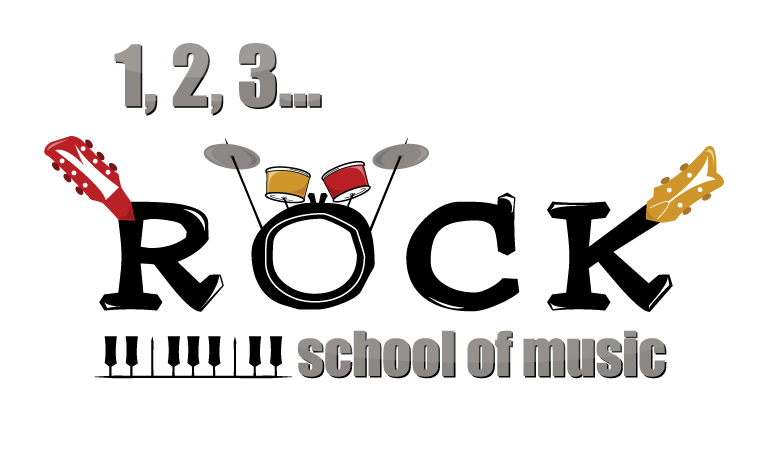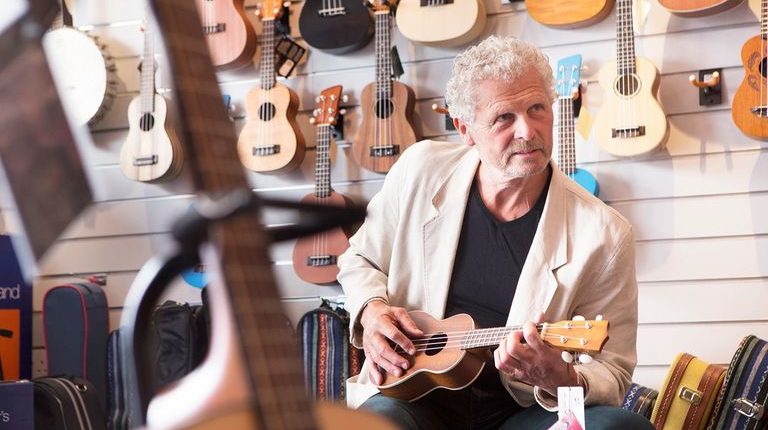Many adults would like to learn to play a musical instrument, but are intimidated by the prospect — where to start? Before you can learn a new musical instrument, you have to pick the instrument. The good news is that in a lot of ways, it’s simpler to pick an instrument as an adult.
—
August 2, 2017
Here’s How:
- What kind of music do you like? This seems like an obvious point, but think it through: if you prefer listening to acoustic folk music, drums — fun as they seem — might not be the right choice. But dig deep with this question. A musical instrument is a big investment of time and money, so make sure the style of music that you’d be playing fits the bill. Some instruments are more versatile than others — once you get basic fiddle fingering and bowing down pat, you can specialize in a genre or continue to dabble in many, for example, whereas the star is a bit more limiting.
- In what sort of situations do you see yourself playing? Does playing in an acoustic stringed instrument jam session sound good? Perhaps the mandolin would be a good choice. If you’re less social, the piano always sounds good solo and makes a gorgeous piece of furniture even when it’s not being played.
- What are the limitations of your budget? Most instruments can be purchased in various price ranges, but some are more drastically cheap or expensive than others. The tin whistle, for example, will run you about twelve bucks for a perfectly good, playable instrument — and at the top of the line, they don’t run over $300. On the flip side, you’d have a hard time finding a decent-quality loud for less than a few hundred bucks, maybe more — they’re less-commonly imported and very complicated to manufacture properly.
- What sort of practice space do you have? Live in a thin-walled co-op in the middle of Manhattan? Perhaps the Highland Bagpipes aren’t your best option. Live on a farm in the middle of nowhere? Squeeze freely, my friend.
- How easy will it be to find a teacher? You shouldn’t have too hard of a time finding a cello instructor within a few miles of any small city anywhere you live. If you want to play the Cajun-style diatonic accordion, your options will be slightly more limited. That doesn’t mean it’s impossible to learn a rare instrument, just be ready to look harder and spend more to find a teacher, and bear in mind that you may have to travel quite some distance for in-person lessons. Some instrument teachers will teach remotely, via Skype or another application, but that lesson style may or may not work for you.
- What kind of time do you want to put into the instrument? All instruments will require an enormous time investment if you want to become an excellent player, but for less time, you can become a pretty good or adequate player, depending on what you’re looking for. Unless you’re ready to invest serious hours, don’t fuss with something like the kora — perhaps choosing something like simple rhythm guitar is best for you. If you want to make music but have very little time to invest in practicing, a simple rhythm instrument, like djembe, is a great choice.
- What are your physical limitations? If you can’t hoist something heavy, don’t try to play upright bass. If you don’t have great lung capacity, think twice about the saxophone. Trick elbow? Trombone may not be so easy. Certainly, if you’ve got the will to play something that will be physically difficult for you, you can surpass just about anything, but be ready for a bit of adversity.
- Do you want to play and sing at the same time? If you want to accompany yourself singing, especially if you want to do it solo, you might consider going with one of the two classics: piano or guitar. Sure, plenty of great musicians have accompanied themselves on other instruments, but piano and guitar can both provide a fullness and range of sound that, solo, accompany a human voice well. It’s no accident that they’re the most popular accompanying instruments for singers.
- Do you want to learn to read music? If you want to play Western classical music, you’ll need to learn to read music, specifically on whichever chef accompanies your instrument. Jazz players need to learn to read music, as well, though it can look a bit different than classical sheet music, and some international music traditions have various styles of written music and charts as well. If you’re looking to avoid reading music and play simply by ear, most genres of folk music around the world don’t require any written notation.
- Do you want to be the leader of the band? If you’re looking to play small-ensemble music, be it classic rock or reggae or any number of other genres, where do you envision yourself fitting in? If you want to be out front, pick the instrument that takes the most solos and plays the melody within your chosen genre. If you’d rather be an unsung hero, go for something in the rhythm section.
- Are there folks around to play with? Certain types of music (and the instruments that they’re played on) are best-suited to social players, and you’ll have a hard time keeping it up if you never have a chance to pick a tune with others. Irish music and old-time music, for example, are best-enjoyed session-style, so unless you want to be doomed to a life of solo banjo picking’ or bodhran beating, consider whether or not you’ve got some people around to practice with, or if you’re willing to seek them out during travels.
This article is a re-post, with small modifications, of “How to Choose a Musical Instrument to Play” an article published on liveabout.com by Megan Romer.
Click here to visit the original content.


